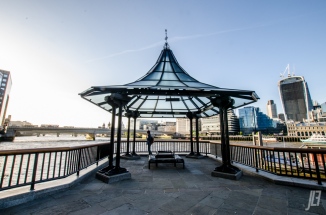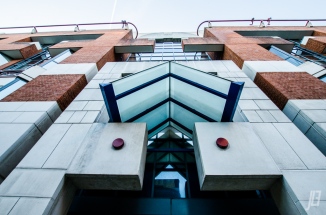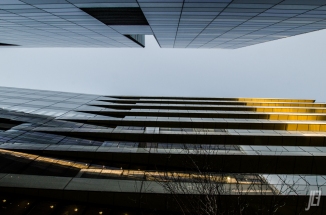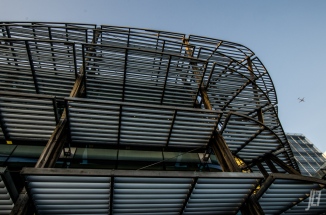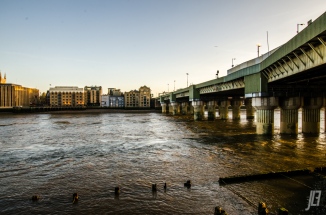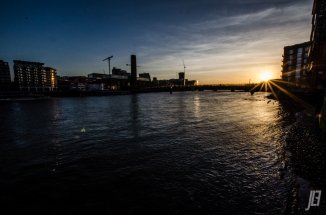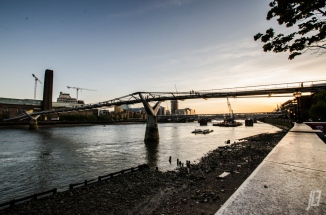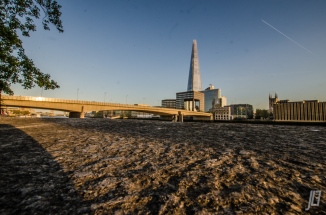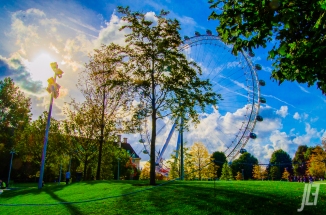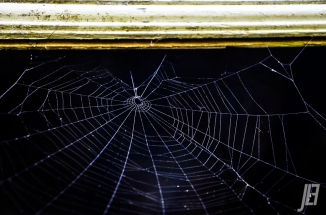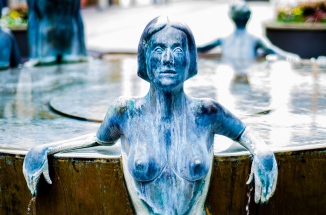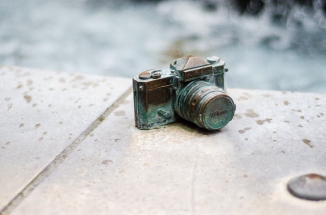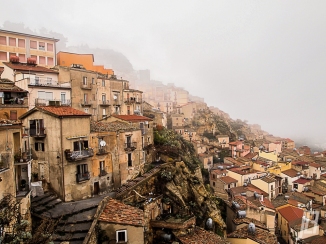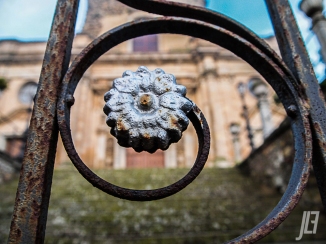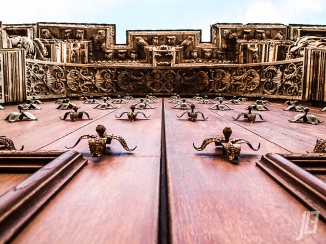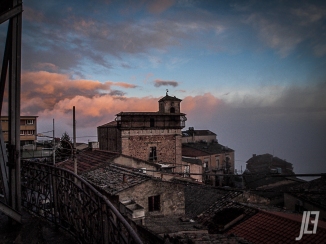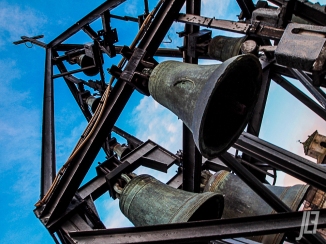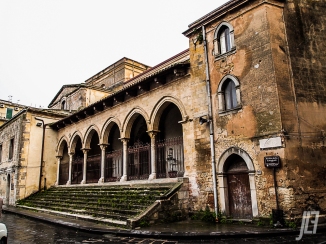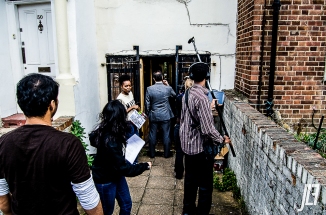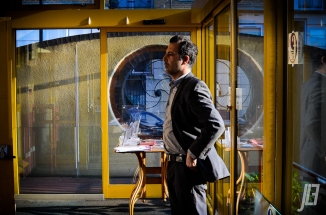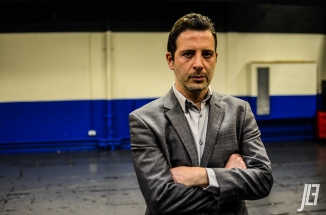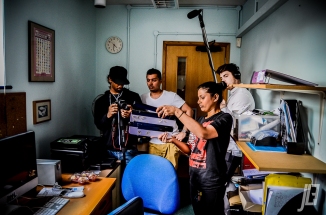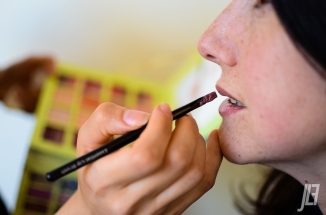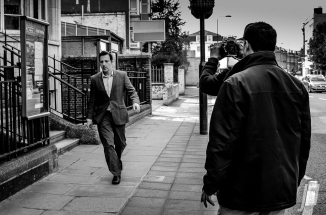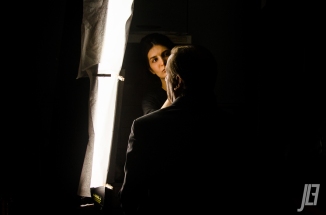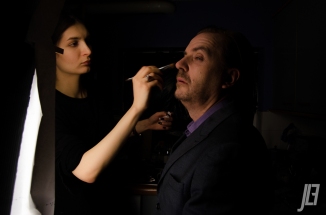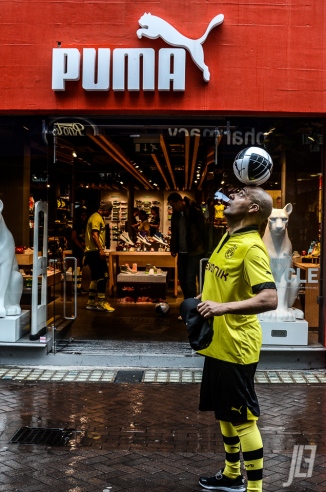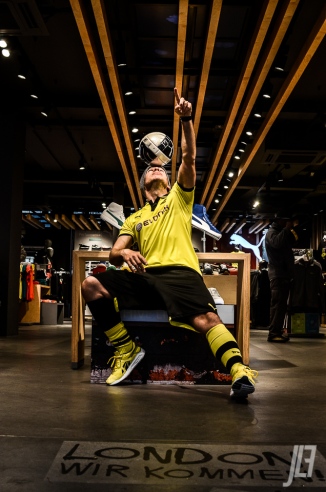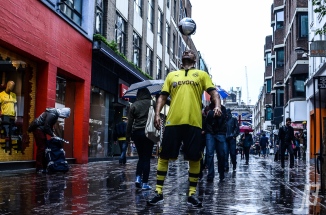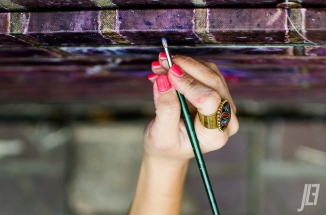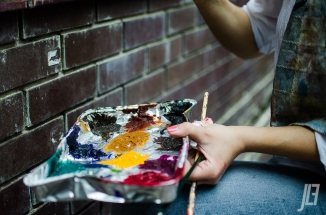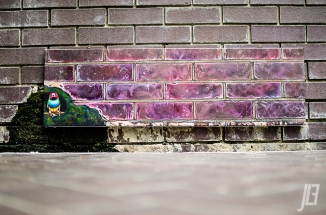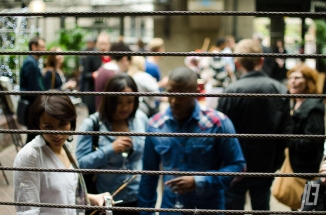Control yourself please!
What women think? / C-41 / London
SouthSunSpot | SouthBank | London
Who is gonna Win?Bet open…
It & Her // London
Nicosia // Sicily // IT // 2013 “I saw it as”
The origin of Nicosia is uncertain; Engio, Erbita and Imachara are the three cities of antiquity with which historians have attempted to identify Nicosia with, but there is no evidence that the mentioned towns are in fact Nicosia. The present name of the town suggests Greek origins: it is believed to get its name from Saint Nicholas (Νίκου Οίκος). Another theory suggests its a derivative of the Greek saying “City of Victory” (Νίκης Οίκος). The town is believed to stand on the site of the ancient Engynum. The modern town was founded by Byzantine colonists in 6th century. It expanded under the Arab domination and later under that of the Normans, who settled numerous immigrants from Lombardy and Piedmont, called “Lombards”, giving rise to the Gallo-Italic dialect still spoken in the town and surrounds. King William II made Nicosia a royal city. It played an important strategic role, favoured by its position halfway between Palermo and Messina. It often gave hospitality to important figures, including Emperor Charles V.
THANKS WIKIPEDIA!
ahah..
On set of a Feature Length Movie//FM//London//2013
Puma Store Celebrates Borussia Dortmund’s Passage To Uefa Champions League Final
ANDREA TYRIMOS // BRICK PAINTING @BARBICAN CENTRE // 18TH MAY 2013 #FOOD4GOOD
Born 1986, London, UK
Lives and works in London.
